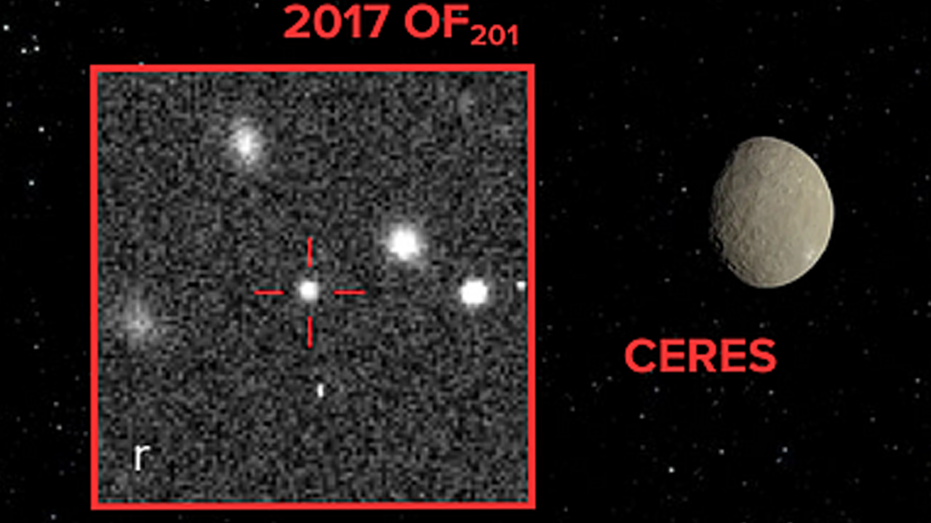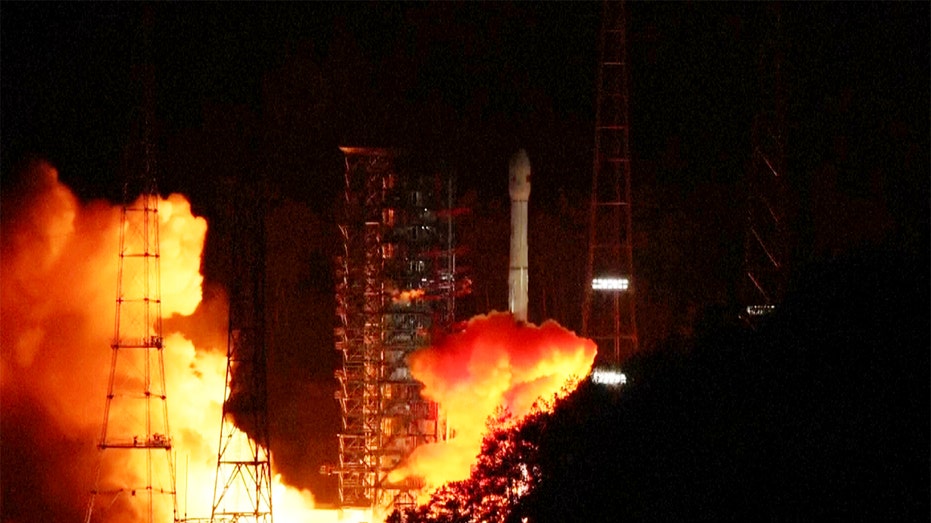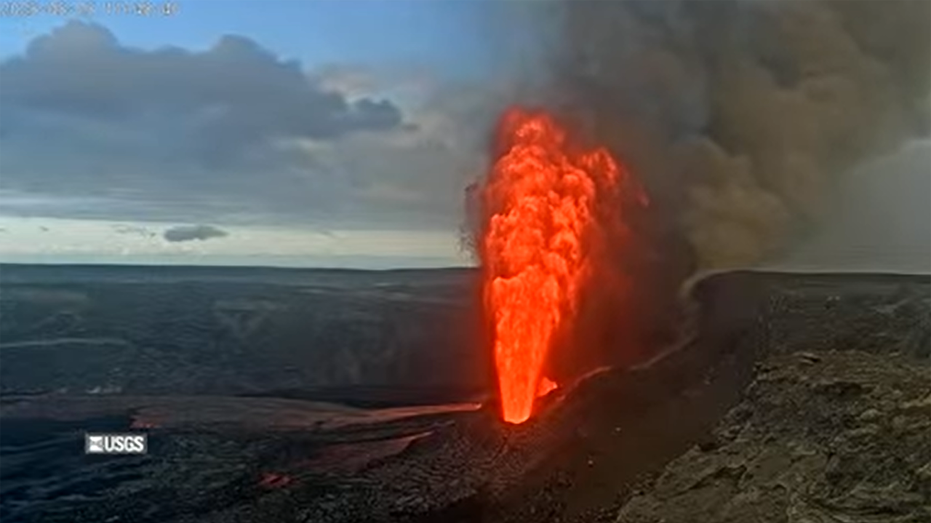Seven Planets Align Tonight – A Celestial Spectacle Not to Be Missed

Sarah Johnson
March 2, 2025
Brief
A rare planet parade featuring seven visible planets graces tonight’s sky, with Venus, Jupiter, and Mars easily seen. Don’t miss this spectacular celestial event until 2040.
Tonight, the universe is putting on one of its rare and breathtaking shows: a **planet parade** featuring seven planets visible in the evening sky. According to NASA, such an alignment won’t grace our skies again until 2040, making this a must-see for stargazers across the United States.
"Seven planets will be visible in the evening sky," NASA astronomer Bill Cooke said. "And three of them are going to be easily visible." So, if you’re not the kind of person who owns a telescope, don’t worry — you’ll still catch some cosmic highlights.
To fully enjoy this spectacle, you’ll need a clear sky, a dark location, and perhaps a pair of binoculars or a telescope for the more elusive planets. The display begins right at sunset, but here’s the catch: you’ve only got about a 30-minute window to see all seven planets in alignment above the horizon.
Cooke explained that the parade kicks off with **Saturn**, which will be close to the sun in the western sky. However, it’ll be tricky to spot due to the twilight glare, so binoculars will come in handy. Saturn will be about nine degrees above the horizon and will disappear just 20 minutes after sunset — talk about playing hard to get.
The next planet on the list is **Neptune**, but don’t forget your telescope if you want to see this one. Then comes **Mercury**, which Cooke says also requires binoculars to spot. But here’s where it gets easier: **Venus**, often called the “evening star,” will shine brightly and be impossible to miss. It’s like the prom queen of the solar system — always stealing the show.
Farther east, you’ll find **Uranus**, another binocular-friendly planet, followed by the bright and unmistakable **Jupiter**. Finally, wrapping up the parade is **Mars**, with its pale reddish glow, appearing farther east in the night sky.
"Venus will knock your eyes out, so you can't miss it," Cooke said. "Jupiter and Mars are also bright and easy for your eyes to spot. Saturn, Mercury, and Uranus require binoculars, while Neptune demands a telescope." If you’re feeling overwhelmed, a planetarium app can help you navigate the night sky like a pro — and many of them are free, so no excuses.
For city dwellers, light pollution might make this celestial event harder to appreciate. Heading outside urban areas will improve visibility dramatically, as fewer physical obstructions and reduced light pollution enhance the contrast between planets and the night sky.
If you miss tonight’s show, you’ll have to wait until October 2028 for another planetary alignment, though that one will feature only five planets. "This parade is unique because, in theory, all seven planets are visible at the same time," Cooke noted. A similar event last year included fewer planets, but nothing of this scale.
And for those wondering, tonight’s planetary alignment isn’t the only celestial treat this year. A **blood moon** is coming up on March 13-14, caused by a total lunar eclipse. "Seeing the moon turn blood-red is always fun," Cooke said. The effect, created by Earth’s atmosphere bending red light during an eclipse, is a favorite among both astronomers and amateur photographers. Even your smartphone can capture the moment with a little planning.
Later in the year, meteor showers like the Perseids and Geminids will light up the skies, with the Geminids in December promising to be especially dazzling. "That’s going to be your big one," Cooke said. "The Perseids are nice, but the moon will interfere a bit this year." If you’re into celestial events, mark your calendar.
So, grab your binoculars, find a quiet spot away from city lights, and get ready for an unforgettable evening under the stars. Because let’s face it, who wants to wait 15 years for the next show?
Topics
Editor's Comments
This planetary parade feels like a cosmic VIP event — Saturn and Neptune are the divas demanding special equipment, while Venus just waltzes in, stealing the spotlight with zero effort. It's like the solar system’s version of a red-carpet event!
Like this article? Share it with your friends!
If you find this article interesting, feel free to share it with your friends!
Thank you for your support! Sharing is the greatest encouragement for us.



